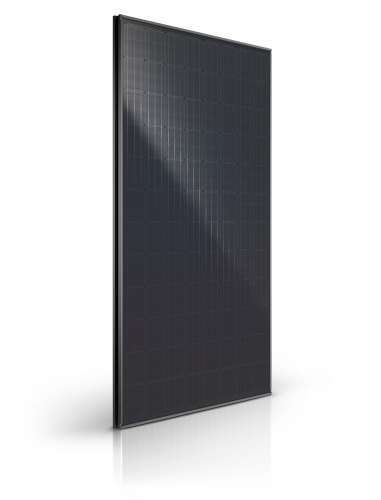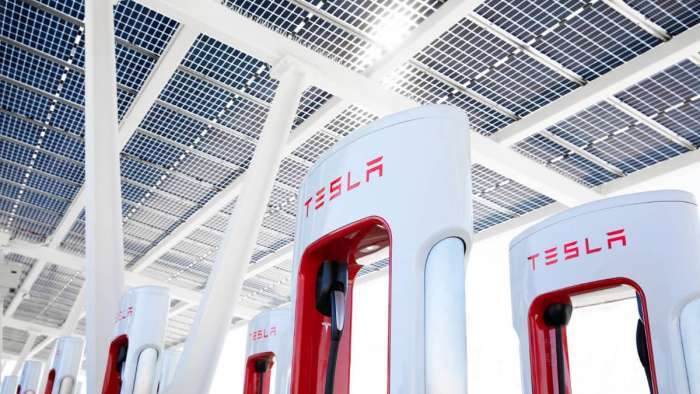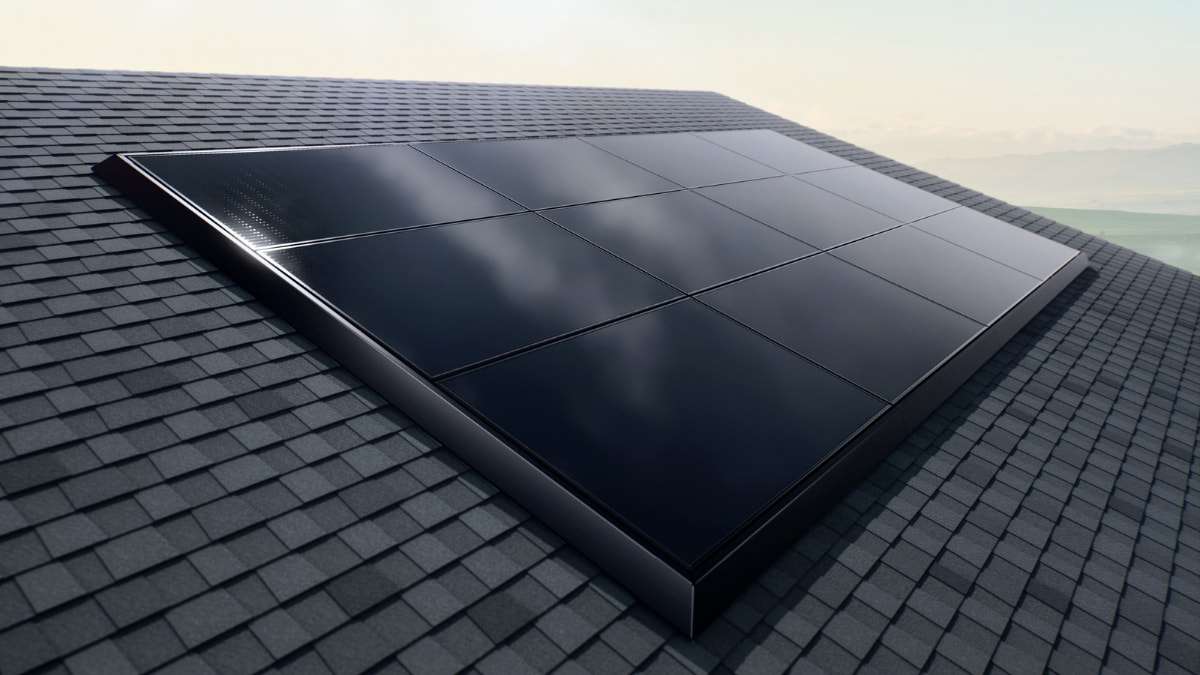A team of researchers from the City University of Hong Kong has just achieved an important advance by developing a multifunctional and non-volatile additive that improves the efficiency and stability of perovskite solar cells, by modulating the growth of the perovskite film. Furthermore, this strategy is simple and effective, which makes it a good option for the commercialization of perovskite solar cells (PVSC).
A multifunctional additive: it can be used in different perovskite compositions to make highly efficient and stable solar cells. Professor Alex Jen Kwan-yue, who led the research, explained that high-quality perovskite films will enable the improvement of large-area solar panels.
PVSCs have stood out for their high efficiency in solar energy conversion and their ability to be deposited in solutions on manufacturing surfaces. This enables its application in building-integrated photovoltaics, portable devices, and solar farm applications.However, the efficiency and stability of these solar cells are still affected by the severe power loss associated with embedded defects at perovskite interfaces and grain boundaries. Therefore, the intrinsic quality of the perovskite film is critical to determine the achievable efficiency and stability of PVSCs.

Although many previous studies have been carried out to improve the quality and morphology of the film with volatile additives, these tend to leak out of the film after annealing, creating a void at the perovskite-substrate interface.
To address this problem, researchers at the City University of Hong Kong developed a simple but effective strategy of modulating the growth of the perovskite film to improve its quality, by adding a multifunctional and non-volatile molecule (hydrochloride acid). 4-guanidinobenzoic acid or GBAC) to the perovskite precursor. Thus, a hydrogen bonded intermediate phase is formed that modulates crystallization to achieve high quality perovskite films with large crystal grains and consistent grain growth from the bottom to the surface of the film.
Furthermore, this molecule can act as an effective defect passivation linker to reduce the defect density of the annealed perovskite film due to its non-volatility, resulting in significantly reduced non-radiative recombination loss and improved quality of the film.
The experiments showed that the defect density of perovskite films can be significantly reduced after introducing GBAC. The power conversion efficiency of the inverted perovskite solar cells based on the modified perovskites was increased to 24.8% (24.5% certified by Japan Electrical Safety and Environmental Technology Laboratories), which is one of the highest values reported in the category.

Furthermore, the total energy loss of the device was reduced to 0.36 eV, which represents one of the lowest energy losses among PVSC devices with high energy conversion efficiency. The strategy developed by the research team at the City University of Hong Kong to improve the quality of these perovskite films, using a multifunctional and non-volatile additive, shows great potential to achieve highly efficient and stable perovskite solar cells.
The obtained results demonstrate that the introduction of GBAC can significantly reduce the defect density of the perovskite film, resulting in improved energy conversion efficiency and reduced energy loss. Furthermore, devices made using this strategy also exhibit improved thermal stability, making them more suitable for use in practical applications.
The 1 cm2 perovskite solar cells with additive. Credit: City University of Hong KongPerovskite solar cells (PVSCs) are a promising alternative to traditional silicon-based solar cells because of their high power-conversion efficiency and low cost.https://t.co/naWmWzj8x7 pic.twitter.com/2ack8SCz4L— All Tech Jobs (@AllTechJobs) May 8, 2023
The team's innovative approach to enhancing perovskite solar cells using the GBAC additive not only increases efficiency but also ensures long-term stability and performance. This crucial development has the potential to accelerate the commercialization of perovskite solar cells, ultimately allowing for broader adoption in various applications such as building-integrated photovoltaics, portable devices, and solar farms. With continued research and development, the future of solar energy looks even more promising thanks to these groundbreaking discoveries in perovskite solar cell technology. By the way, Tesla Solar will be very happy.
Source: alltechjobs
All images courtesy of Tesla Inc.
Nico Caballero is the VP of Finance of Cogency Power, specializing in solar energy. He also holds a Diploma in Electric Cars from Delft University of Technology in the Netherlands, and enjoys doing research about Tesla and EV batteries. He can be reached at @NicoTorqueNews on Twitter. Nico covers Tesla and electric vehicle latest happenings at Torque News.





